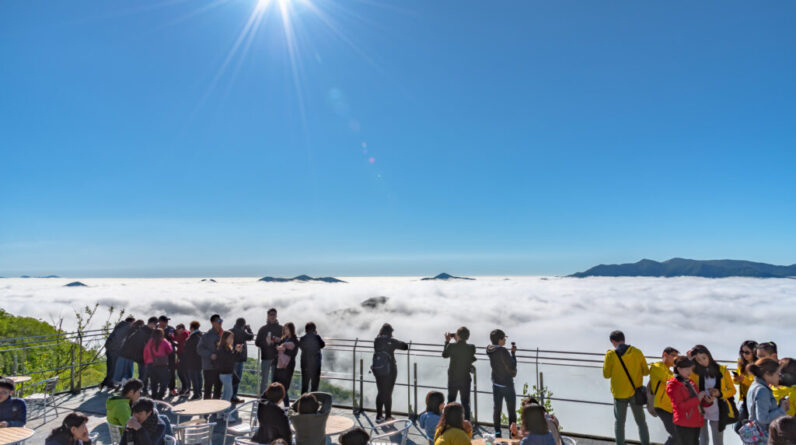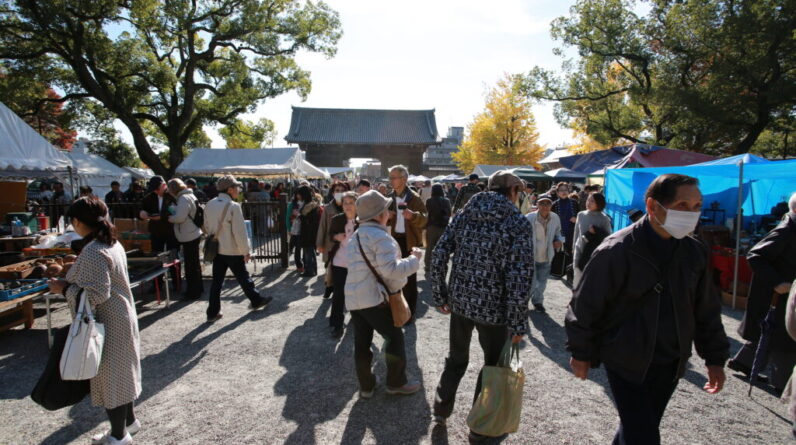When I think about taking in art, I imagine museums with canvases hanging on the walls, cords in place to stop me from touching them, and glass boxes surrounding precious treasures. I can witness art, marvel at it, and let it inspire me, but so often it is hard to feel as if I am a part of it. At teamLab, however, this could not be further from the truth.
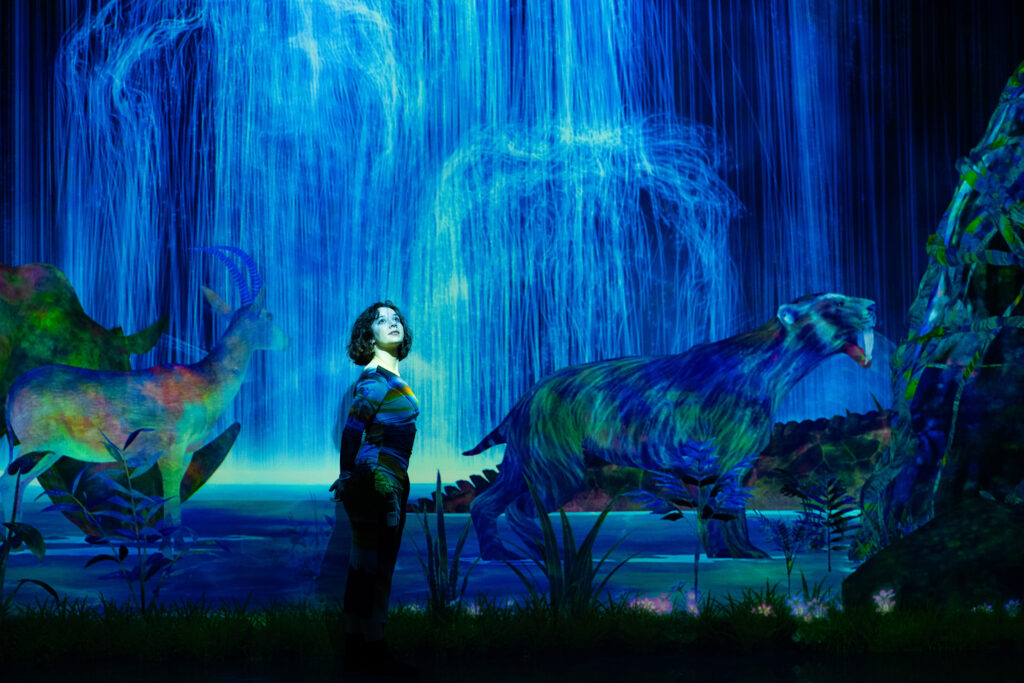

Formed in Tokyo in 2001 as an international art collective, teamLab has sought to transform art from something passive that we simply observe into an active and immersive experience. They have brought together gifted artists, engineers, architects, mathematicians and programmers to create something that allows people to become a part of their creation. The result? Multiple teamLab destinations across Japan that provide stunning and creative feats of art, engineering, and architecture. I have had the good fortune to visit one such building, teamLab Planets, not once, but twice within the past few months.
Located in Toyosu, Tokyo, teamLab Planets opened up in 2018. In 2023, it became the most visited (single art group) museum in the world that year, earning a Guinness World Record in the process.
The first time I went was with my parents, who had come to visit me here in Tokyo in October/November of 2024. Now, my parents are both individuals who appreciate the arts, but I don’t think they had ever seen anything quite like teamLab.
After entering the building, we headed to the lockers to drop off any bags and coats and to also remove our shoes. This was because much of the museum featured water elements that we waded through. From serene waterfall-esque corridors to rooms in which art was projected onto water that came up to our knees, water played a big part in the experience, activating a new sensory experience. Through the use of water and projections, I could literally stand in the artwork, watching as flowers bloomed and fish swam around my calves.
Another big motif of the exhibition was light and reflection. Mirrors and light have consistently been a strong element of teamLab’s offering. By creating infinity rooms that dazzled and sparkled, visually we appeared to almost float in a universe of infinite stars. In another room, the lights took the form of shapes, with giant balls of light transporting us to a pastel world of bubbles that changed color with every touch.
Throughout the entire exhibit, my parents and I were in awe of the sheer scale of the museum. It felt as if we had stepped into another world, a modern-day Alice in a digital Wonderland.
Education and play
More recently, teamLab Planets opened up an entire new section for visitors to explore. The expansion more than doubled the area of the space, adding rooms which encourage curiosity and foster creativity. I headed to the opening with a few friends to see what this new section had to offer.
One new area is the Catching and Collection Forest, where I was transported to a digital rendering of a rainforest, with birds flapping in the trees, beasts lumbering through the dense foliage and amphibians swimming underfoot. Only these animals cannot be found in the world today. They are all extinct. The area allowed me to explore and understand more about these creatures that once roamed our world and swam in our seas through the use of an app that could easily be downloaded. The app connected to the room and allowed me to capture the animals I saw in front of me with a digital bow and arrow. If I captured it, the app stored it for me, allowing me to access information about the animal. Once done, I could release the animal back into the “wild.”
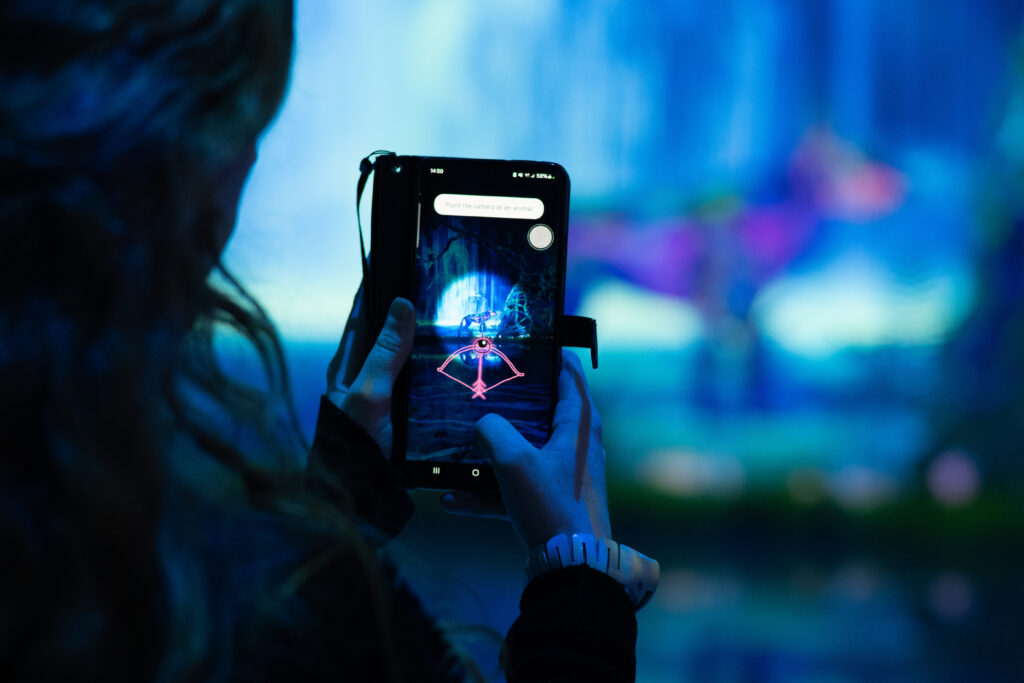

Interaction was the name of the game in this new section, taking the teamLab concept of getting into the art to a whole new level. In the ‘Graffiti Nature’ exhibit, I could draw my own plants and animals, have them scanned, and see them come alive in the walls and floors around me. I could even save that scan through another app and have my design printed on my very own t-shirt or tote bag. My pretty pink orchid flower is now permanently etched onto my new handcloth.
There were more opportunities to get physical as well. I was literally bouncing off the walls! It was enough to bring out the kid inside us all, and for the actual children, it was the perfect place to let them go wild (with consideration of others, of course). From balancing on elevated blocks in an invisible world to climbing neon hanging steps through a flock of colored birds to jumping on a trampoline which kicks off the creation star and allows you to jump it all the way through its life cycle, there was so much here to get our bodies moving. For parents, this would keep children entertained for hours and ensure they drifted straight to sleep the moment they got home or back to their hotel room.
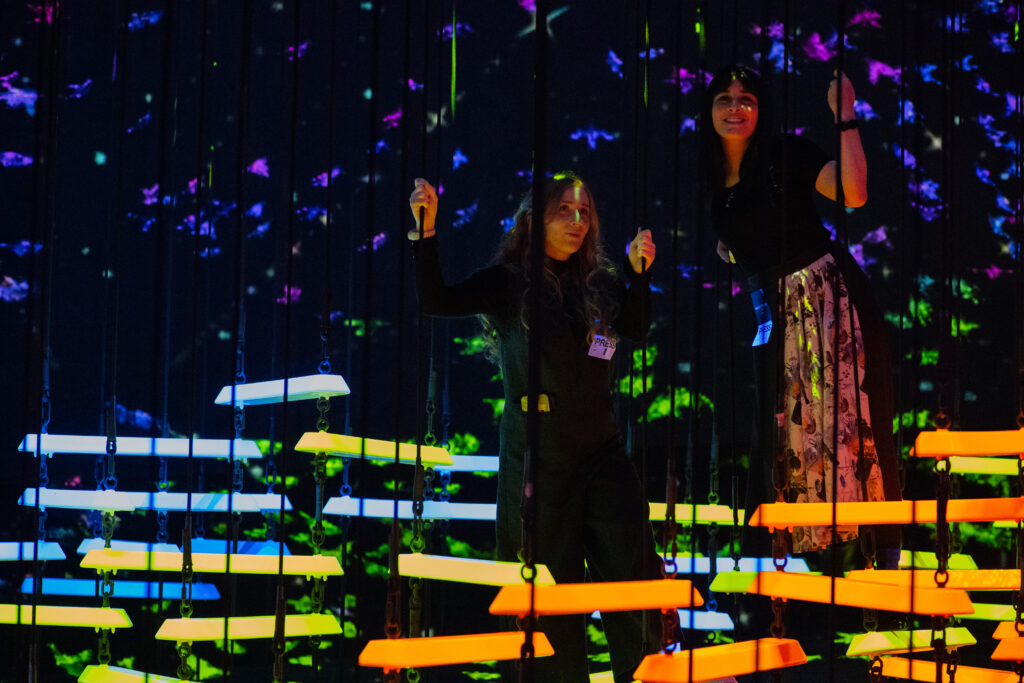

But before I headed home, weary from all the fun, I had to try teamLab’s very own Vegan Ramen UZU. I could eat this either outside in the picnic area or in the Black Emptiness Table, a room of darkness illuminated only by the spatial calligraphy art that swirled around. The ramen broth was made of Rausu kombu (kelp) and Japanese shiitake mushrooms with a little oat milk for a touch of sweetness. This recipe had been featured in Bib Gourmand in the Michelin Guide Kyoto and Osaka for three years running. It was so warm and rich and filled that aching hunger I had built up from exploring the artwork.
Overall, teamLab Planets is one of the best art experiences I have had in Tokyo. It’s perfect for family fun, discovery, learning, and experiencing a completely new approach to the interaction of humanity and art. I thoroughly recommend it, especially on cold or rainy days when outdoor options are limited.
It is also exceptionally reasonable, with tickets starting at ¥3,600 for adults, ¥2,700 for high/junior school students, and ¥1,500 for children between 4 and 12. There is also a discount for people with disabilities at ¥1,800. Prices do change depending on the day and time, so be sure to check the website.


